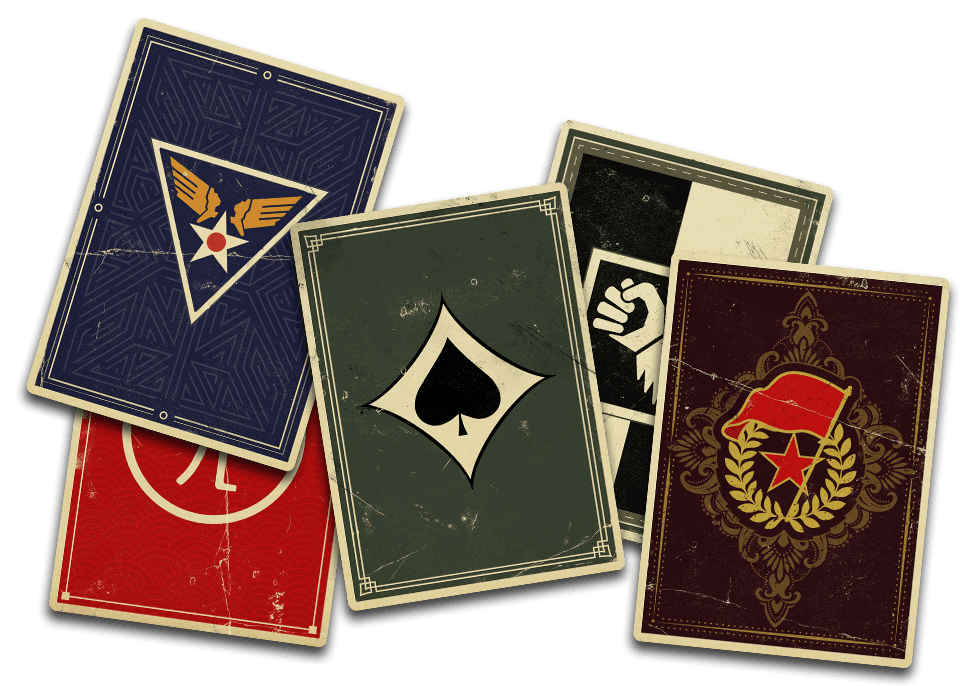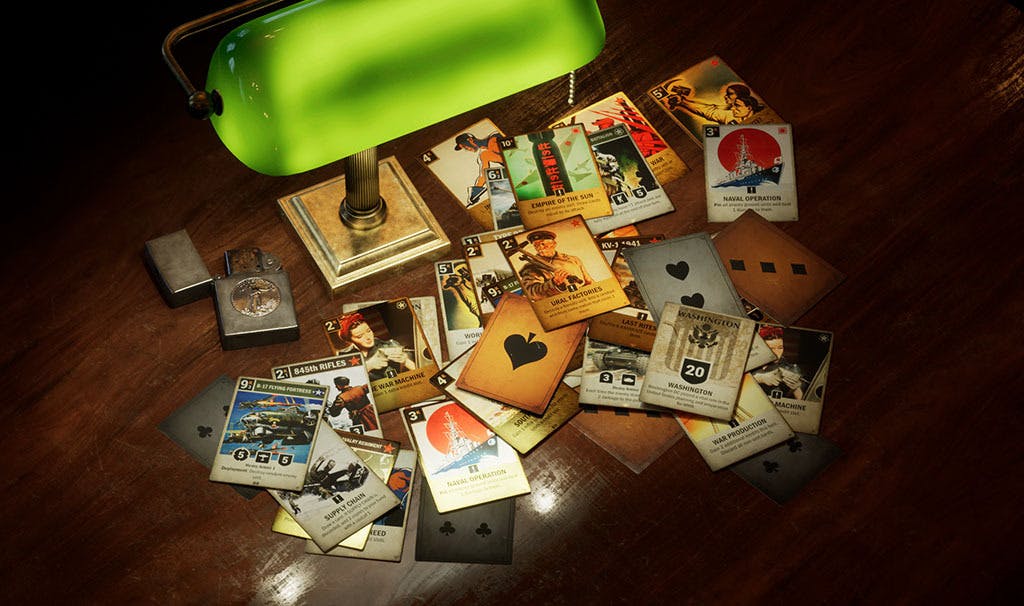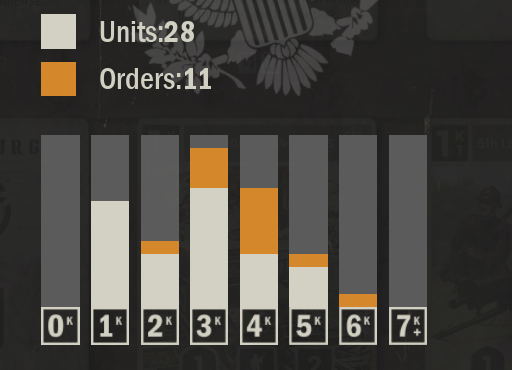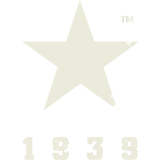
Deck building 101
Kards Academy
Top 5 Deck building tips
Here are some core concepts we suggest you consider when you set out to build your first decks or tweak your existing ones

Deck strategy
This is the first step to building an effective deck. In the very beginning you may only have limited card and deck collections but nevertheless even the starter decks revolve about some sort of strategy you can build upon even if not very focused.
For example, the Soviet starter deck revolves around flooding the battlefield with cheap infantry which you then buff (improve their stats) with orders and synergies until you overwhelm the enemy. This deck archetype is often called “Tokens”.
One way to decide on a strategy is to pick some unique, powerful and interesting card you own and see what kind of deck you can build around it.
When you have decided the strategy, try to have as many of the cards in the deck support the strategy in one way or another.

Kredit curve
Do not fill your deck with too many high or low Kredit cost cards.
Both players start with one Kredit and each turn brings one more Kredit giving you more options to play more expensive, multiple cards or operate (move, attack) your units.
With a fairly even distribution (curve) of low to high cost cards, you are able to stay relevant as Kredit costs grow higher. The higher the cost, the more powerful a unit or order is.
Also try to balance the amount of units and orders. If you have too many orders, you may not get units often enough to defend your HQ and attack the enemy. Keep in mind though that the balance between units and orders is wildly different between deck types and no two decks are the same when it comes to this.

Card synergies
This also relates to the strategy of the deck. If certain core cards dictate the strategy of the deck, you should make sure that the additional cards support this and/or synergize well with the “core” cards in some way. The trick in card games is usually about getting additional value out of cards by combining them: 1 + 1 = 3. You may not have the card collection to begin with to make every card fit 100% to the strategy of a deck, but at least try to avoid cards that contradict the strategy altogether. For example, don’t add that super heavy elite tank to your cheap aggro deck even if the tank is very powerful by itself. You will either have lost or won the game already when you can afford to deploy it.
Drawing power
It is extremely important to not run out of cards while your opponent has a full hand of cards and thus multiple options to deal with your units and HQ. Make sure to add cards that allow you to draw additional cards as this gives you an advantage. These can be both orders and units and vary greatly between nations. If your deck's main nation offers limited drawing power cards, or you don’t own the best ones, you can consider picking an ally nation that helps on this front.
Removal cards
When building your first decks, make sure to add some removal cards. These can be direct damage or destruction orders or units with such deployment effects. Removal can also be in the form of sending units back to hand or otherwise neutralizing some difficult enemy units that your units are not able to deal with. Also, make sure to save those powerful removals for units you have no other answers to and not to waste them on enemy units that don’t pose a great threat to you.
That’s it to begin with. Of course, these are simple guidelines - the possibilities in deckbuilding are endless. The best way to learn more and figure out your preferences is to play and have fun!
